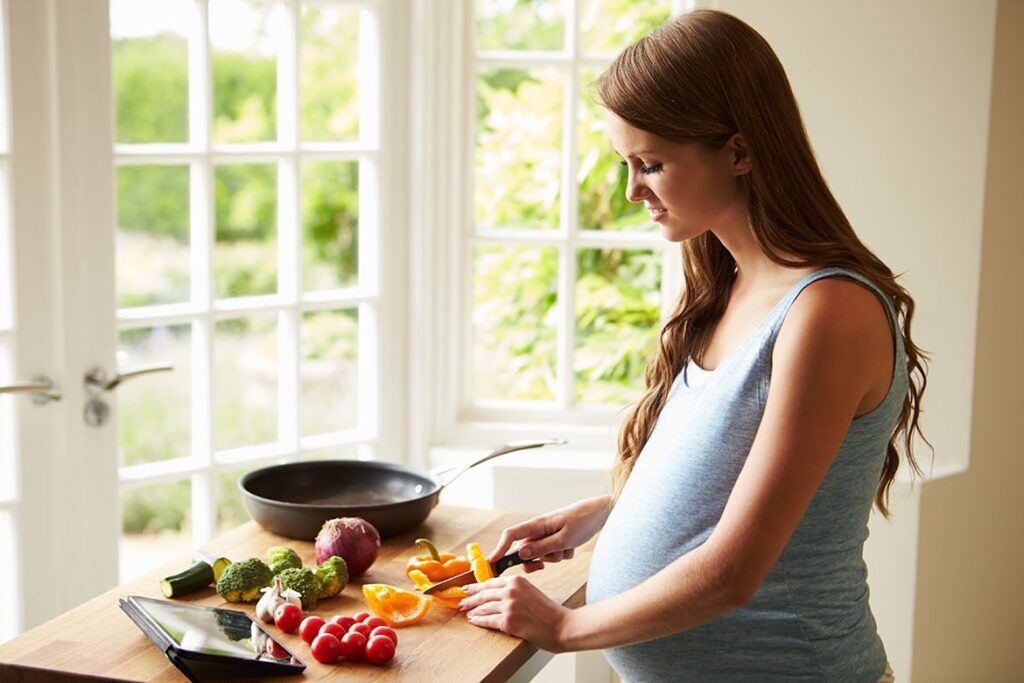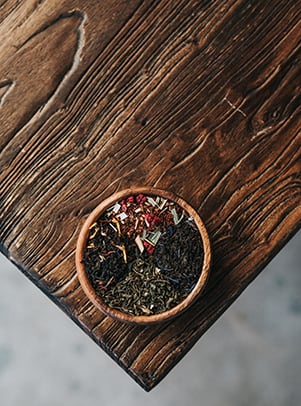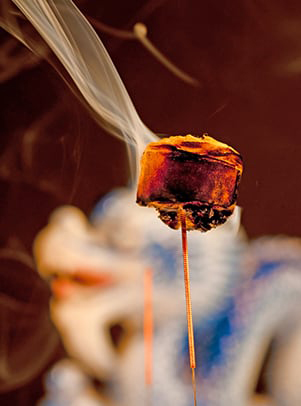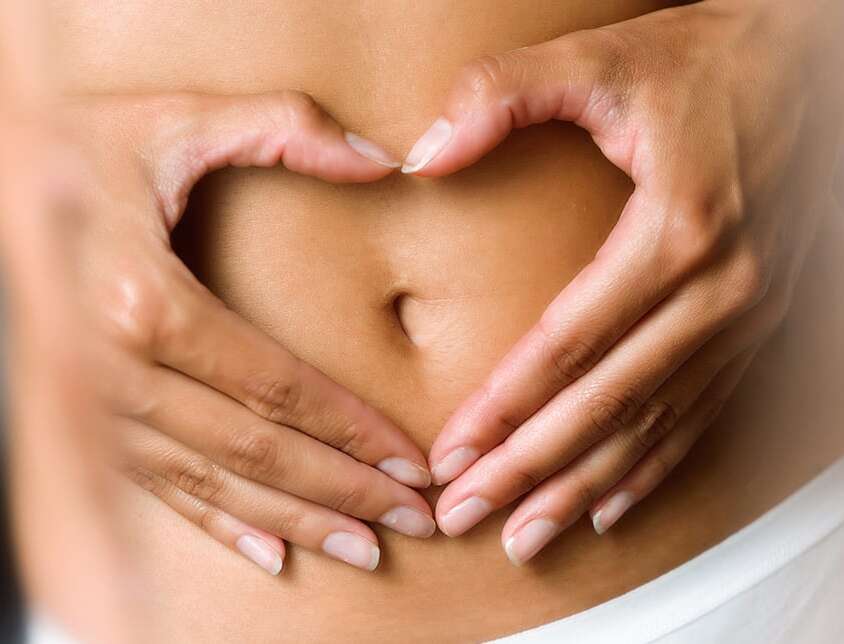My patients know I’m a nutrition nut. They’ve all heard my spiel on how healthy eating can affect chances of conception. I talk about a lot about food preparation, sugar consumption and buying organic. How you prepare your food is important, but the type of food it is matters too.
Chinese Medicine and Hot & Cold Foods
This can sound odd, but in Chinese medicine, there are strong views on what makes a food “hot” or “cold” (regardless of whether it’s fresh out of the oven or the fridge), and how understanding hot and cold foods can impact your health. Let me explain.
When we think of hot foods, a bowl of soup might come to mind. When we think of cold foods, maybe ice cream. From a Chinese medical perspective, all foods can be divided into five temperature categories: cold, cool, neutral, warm and hot. These are the properties of foods before they’re prepared or cooked.
For example, spinach is considered a cool vegetable, watermelon is a very cold fruit, and beef is warm protein (bone broth is great for warming, nourishing, and ultimately fertility!). When you cook your food, the property shifts because you are adding warmth. Fruits are hardly cooked or baked (unless it’s Thanksgiving), so they generally remain in their original categories. Spinach that is steamed or sautéed becomes a neutral vegetable; cooked chicken shifts into the neutral category too. According to Chinese medicine, your foods should always be cooked.
Dr. Taw from UCLA Medicine says that “lessons from Chinese medicine can be helpful, he says, as the ancient practice categorizes foods according to their warming or cooling properties. Choosing foods that warm or cool the system can help calm inflammation and cool the “heat patterns” that stresses on the body generate” (uclahealth.org). Moreover, prolonged inflammation can negatively impact fertility, so making some simple dietary changes can go a long way to decrease inflammation and increase fertility.
Choosing Foods for Fertility
So how do you know which foods belong in what category? And which foods to eat to boost fertility? Listen to these episodes from my podcast to learn more:
Your 90-Day Plan to Improve Egg Quality Naturally Part 2 – What Foods to Eat
Three Major Reasons Your Fertility Diet Isn’t Working
The Case Against Raw Vegetables and Smoothies
It’s important to note: Just as everything in Chinese medicine related, dietary therapy is also individualized. So, figuring out a personal nutrition plan for you (hot, cold, neutral foods and all) is the optimal step. Connect with the IPA team to learn more!














